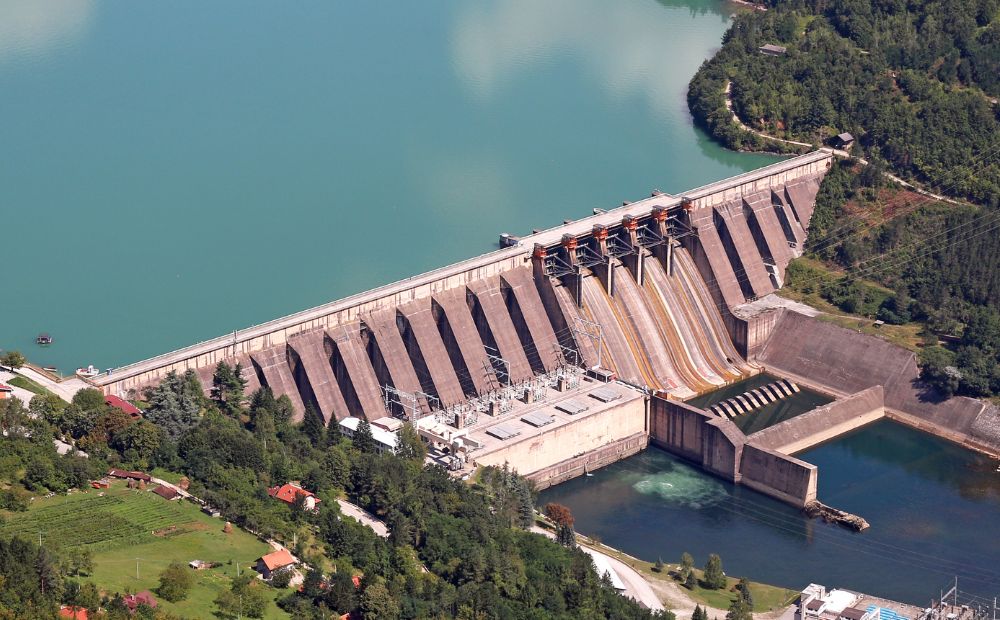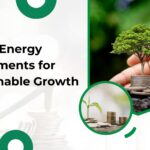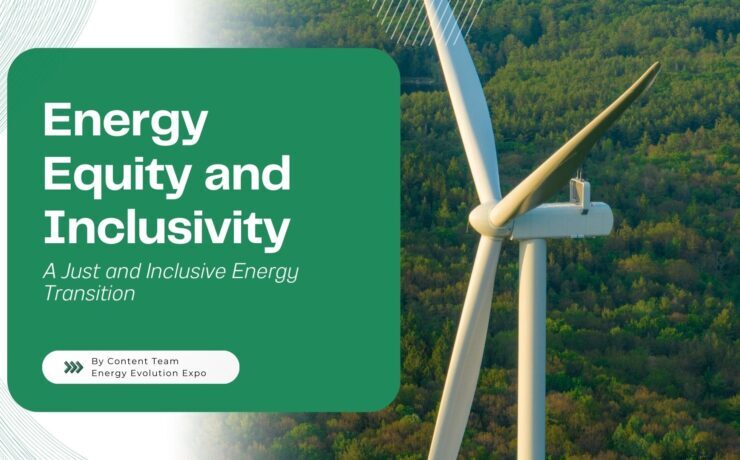Hydroelectric Dams: Engineering Marvels Driving Clean Energy Production

Hydroelectric dams are structures built across rivers with the primary purpose of creating reservoirs or lakes and capturing the energy of moving or descending water to produce electricity. Their operation involves the containment of river water in a significant reservoir, which can then be discharged through control mechanisms such as gates or valves to regulate the water flow.
As the water passes through the dam, it drives turbines that are connected to generators, resulting in the generation of electricity that is conveyed to consumers via power lines.
There are various types of hydroelectric dams, including impoundment dams that establish large reservoirs; diversion (run-of-river) dams that divert a portion of the river’s flow through turbines without significant reservoirs; and pumped storage dams that store energy by elevating water during periods of low demand and releasing it for electricity generation during peak demand.
These dams play a crucial role in the global renewable energy landscape by offering substantial electricity generation, energy storage capabilities, and grid stabilization.
Types of Hydroelectric Dams:
Hydroelectric dams are available in various types, each specifically engineered to leverage the force of water in distinct manners. The primary classifications of hydroelectric dams are:
Types of Hydroelectric Dams
1. Impoundment dams
Impoundment dams are structures constructed across rivers or streams to form reservoirs by obstructing the natural flow of water. These dams serve multiple purposes, including supplying water for residential, agricultural, and industrial use, generating hydroelectric power, controlling floods by regulating water release, and creating recreational opportunities such as fishing, boating, and swimming.
Additionally, they support irrigation for agriculture and contribute to local ecosystems by providing habitats for wildlife. Notable examples of impoundment dams include the Hoover Dam in the United States and the Three Gorges Dam in China.
Three Gorges Dam in China, is renowned for being the world’s largest hydroelectric power station in terms of installed capacity. This dam plays a crucial role in creating a significant reservoir on the Yangtze River, leading to substantial electricity generation and effective flood control.
The Hoover Dam in the USA is situated on the Colorado River. This dam plays a vital role in forming Lake Mead while supplying electricity to millions of people in the southwestern United States.
2. Diversion dams
Diversion dams are structures built across rivers or streams to divert a portion of the water flow into canals, ditches, or other conveyance systems for purposes such as irrigation, municipal water supply, or industrial use. Unlike impoundment dams, diversion dams typically do not create large reservoirs but rather guide the water into specific pathways to meet various needs.
These dams help in efficiently directing water to agricultural fields, urban areas, or industrial facilities, thereby managing water resources effectively without significantly altering the river’s overall flow.
1. Imperial Dam, Located on the Colorado River between Arizona and California, this dam diverts water into the All-American Canal, providing irrigation water to the Imperial Valley in California.
2. Granite Reef Diversion Dam situated on the Salt River in Arizona, this dam diverts water into the Arizona and South Canals, supplying water for agriculture and municipal use in the Phoenix metropolitan area.
3. Minidoka Dam positioned on the Snake River in Idaho, it diverts water into the Minidoka Project’s irrigation canals, supporting agriculture in the region.
4. Diversion Dam on the Truckee River located near Derby Dam in Nevada, it diverts water from the Truckee River into the Truckee Canal, which supplies water to the Newlands Reclamation Project for irrigation purposes.
5. Nimoo Bazgo Dam in India, which diverts water through a 47 MW run-of-river hydroelectric plant on the Indus River, with minimal environmental impact compared to large reservoir-based systems.
6. La Grande-1 in Canada, which is part of the James Bay Project in Quebec and is a run-of-river power station that uses the natural flow of the La Grande River for generating electricity.
3. Pumped storage dams
Pumped storage dams are a specific type of hydroelectric power system that involves two water reservoirs at different elevations. During periods of low electricity demand, electricity is used to pump water from the lower reservoir to the upper reservoir.
When electricity demand is high, water is released from the upper reservoir to the lower one, passing through turbines to generate electricity. This process allows the system to store energy and release it as needed, making it a highly effective method for balancing the supply and demand of electricity.
The following examples highlight the importance of pumped storage dams in providing reliable and flexible energy storage solutions to help manage the variability of electricity supply and demand.
1. Bath County Pumped Storage Station, Located in Virginia, USA, is one of the largest pumped storage facilities in the world with a capacity of 3,003 megawatts (MW).
2. Dinorwig Power Station, Situated in Wales, UK, has a capacity of about 1,728 MW and is known for its rapid response to electricity demand fluctuations.
3. Raccoon Mountain Pumped-Storage Plant, Located in Tennessee, USA, has a capacity of 1,652 MW and provides a significant energy storage capability for the region.
4. Goldisthal Pumped Storage Station in Germany. This plant has a capacity of 1,060 MW and is one of the largest in Europe.
5. Okutataragi Pumped Storage Power Station in Japan has a capacity of 1,932 MW and plays a crucial role in stabilizing the country’s power grid.
Each variety of hydroelectric dam plays a pivotal role in the generation of renewable energy, making significant contributions to the global supply of electricity. Furthermore, they provide advantages such as energy storage and stability to the grid.
As with everything no energy source is perfect. Hydroelectric dams present several challenges, including significant environmental impacts such as disruption of local ecosystems and fish migration, and alteration of river flow patterns. They often require the displacement of communities, leading to social and economic disruptions.
Sedimentation can reduce reservoir capacity and affect downstream ecosystems, while the alteration of natural waterways can have broad ecological consequences. High construction and maintenance costs, along with the potential risk of catastrophic dam failures, add to the concerns.
Additionally, reservoirs can emit greenhouse gases like methane from decomposing organic matter. Water use conflicts may arise, particularly in arid regions, and indigenous communities often face displacement and disruption of their traditional lifestyles.
Moreover, the reliability of hydroelectric power is vulnerable to changes in water availability due to climate change. These challenges necessitate careful planning, management, and consideration of alternative energy sources to mitigate negative impacts.

Innovations in Hydroelectric Dams with countries as examples:
1. Fish-Friendly Turbines: Fish-friendly turbines are designed to minimize harm to fish and other aquatic organisms as they pass through hydroelectric plants. These turbines aim to reduce fish mortality and injury rates that are typically associated with conventional turbines.
Fish-friendly turbines are an important development in sustainable hydropower, aiming to balance the need for renewable energy with the protection of aquatic ecosystems. Deer Island Hydroelectric Plant, Massachusetts, USA: This facility uses Alden turbines, designed to reduce fish mortality rates significantly. The turbines have a slower rotation speed and a shape that minimizes the risk of harming fish.
2. Small and Micro Hydropower: Small and micro hydropower systems generate electricity on a smaller scale compared to traditional large hydropower plants and are typically used in remote or rural areas.
Small hydropower systems produce between 1 MW and 10 MW, serving local grids, small communities, or industrial plants, while micro hydropower systems generate less than 100 kW, making them ideal for individual homes, small farms, or villages. Both types have lower environmental impacts, are easier to install and maintain, and are often more cost-effective for localized energy needs.
They provide a reliable, renewable energy source using the natural flow of water, making them a flexible and sustainable solution, especially in areas lacking grid access. Lucid Energy, Portland, Oregon, USA: Lucid Energy has developed in-pipe hydropower systems that generate electricity from water flowing through municipal water pipelines. This micro-hydropower technology harnesses energy without the need for large dams.
3. Pumped Storage Hydropower (PSH): Pumped storage hydropower is a type of hydroelectric power generation used to store and manage energy. It works by moving water between two reservoirs at different elevations. During periods of low electricity demand, excess energy from the grid is used to pump water from a lower reservoir to an upper reservoir.
When electricity demand is high, the stored water is released back to the lower reservoir through turbines, generating electricity. This system effectively acts as a large, rechargeable battery, storing energy in the form of gravitational potential energy and releasing it when needed. Pumped storage hydropower helps balance supply and demand, stabilizes the grid, and supports the integration of intermittent renewable energy sources like wind and solar power.
Goldisthal Pumped Storage Plant, Germany: One of the largest pumped storage facilities in Europe, it uses two reservoirs at different elevations to store and generate electricity efficiently, helping balance the grid and integrate renewable energy sources.
4. Floating Solar Panels: Floating solar panels, also known as floating photovoltaic (FPV) systems, are solar panels mounted on buoyant platforms that float on water bodies like lakes or reservoirs. They generate electricity using photovoltaic cells and are connected to the grid. This innovation intersects with hydropower by utilizing water surfaces near hydropower facilities for solar energy production.
This co-location maximizes energy generation efficiency, benefits from water-cooling for improved solar panel performance, and contributes to grid stability by complementing hydropower’s consistent output with solar energy’s peak generation capabilities.
Floating solar panels also help conserve land, reduce environmental impacts, and offer a sustainable solution for renewable energy production. Yamakura Dam, Japan dam features a floating solar power plant on its reservoir, producing about 13.7 MW of electricity. The combination of hydroelectric and solar power increases the overall renewable energy output.
5. Improved Materials and Construction Techniques:
Three Gorges Dam, China: The world’s largest hydroelectric dam has employed advanced construction techniques and materials to ensure its durability and efficiency. Innovations include roller-compacted concrete and improved seismic resistance designs.
6. Enhanced Control Systems:
Itaipu Dam, Brazil/Paraguay: Itaipu uses advanced control systems with AI and machine learning algorithms to optimize water flow and electricity generation. This ensures efficient operation and adaptation to changing water levels and demand.
7. Sediment Management:
Hoover Dam, USA: Hoover Dam has implemented various sediment management techniques, including dredging and sediment bypass systems, to maintain reservoir capacity and extend the dam’s operational life.
8. Environmental Flow Technologies:
Marmot Dam, Oregon, USA: Before its removal, the Marmot Dam used environmental flow technologies to ensure adequate water flow downstream, supporting fish populations and maintaining ecological balance.
9. Retrofitting Existing Dams:
Red Rock Dam, Iowa, USA: Originally built for flood control, Red Rock Dam has been retrofitted with hydroelectric generating units, adding renewable energy production to its functions without constructing a new dam.
10. Marine Energy Converters:
MeyGen Tidal Energy Project, Scotland: Although not a traditional hydroelectric dam, this project uses underwater turbines to harness tidal energy, providing a complementary renewable energy source that operates alongside traditional hydroelectric power.
These examples highlight how innovations in hydroelectric technology are being applied worldwide to enhance efficiency, reduce environmental impacts, and integrate with other renewable energy sources.
In conclusion, while hydroelectric dams are a significant source of clean energy with the potential to provide reliable and renewable power, they come with substantial environmental, social, and economic challenges.
Balancing the benefits of hydroelectric power with these impacts requires careful planning, sustainable management practices, and the exploration of alternative energy sources to ensure a holistic approach to clean energy development.
We need to keep up with all recent innovations to reap maximum benefits and to facilitate a better understanding of the latest developments and trends in the Renewable energy Industry, various Conferences and Expos, which bring Industry leaders together, serve as an all-inclusive platform.
The Energy Evolution Awards, Conference, and Expo organized by Next Business Media is making its debut in Spain in 2025. It will be a leading forum dedicated to honoring excellence in Energy Technology, showcasing innovations, and fostering collaborations. The events unite industry leaders, and visionaries to explore the latest advancements, tackle key challenges, and shape the future of Energy.
The Energy Evolution Awards, Conference, and Expo will celebrate outstanding achievements, promote sustainable practices, and drive the Energy Industry forward into a technologically advanced sustainable era. Energy Evolution Awards, Conference, and Expo will be a platform for cultivating innovation and shaping a brighter, more efficient energy landscape.





